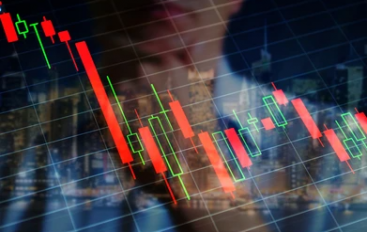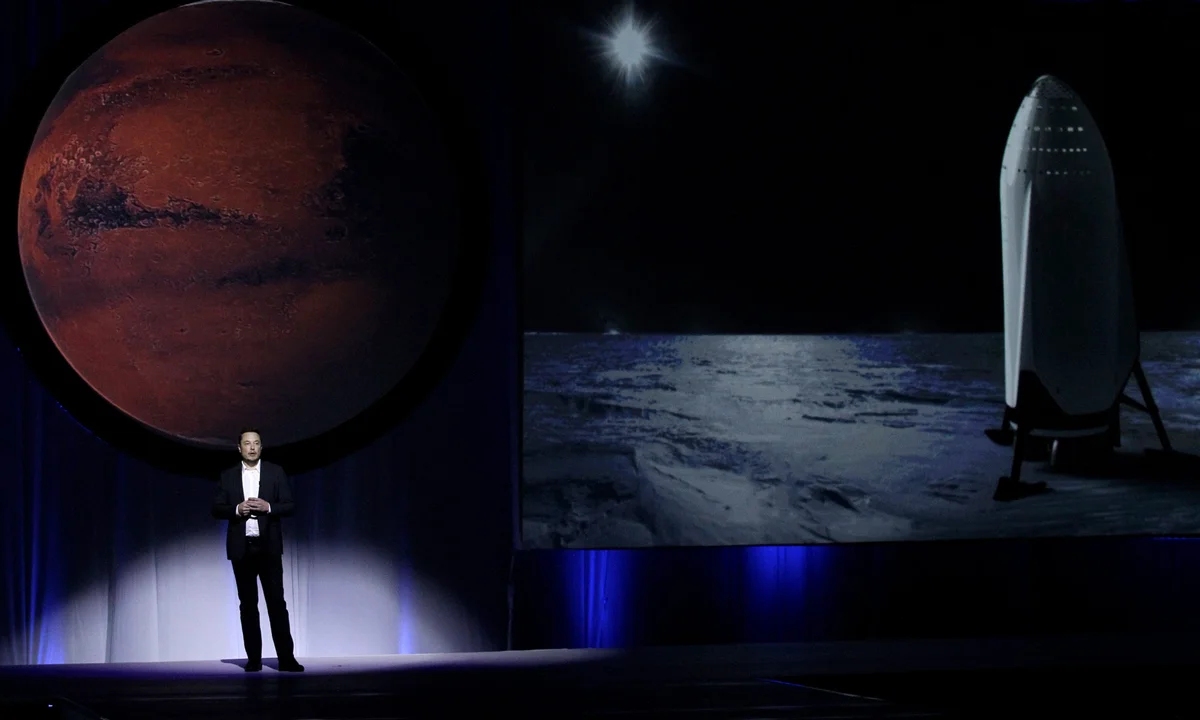In a financial revelation that sent ripples across the mining, tech, and defense industries, China Northern Rare Earth Group High-Tech Co. Ltd. reported a staggering 1,882% surge in net profits for the second quarter of 2025. With adjusted figures soaring even higher—well above 5,500% according to interim financial statements—this earnings shock was not merely an outlier. It was a clear signpost that China’s grip on the rare earth elements (REEs) sector remains not only unshaken, but more dominant than ever. Let’s unpack how China Northern REEs achieved this profit surge, what it tells us about the broader strategic mineral landscape, and why this moment is both a warning and a wake-up call for global markets.
At the heart of the surge: cost-efficient sourcing strategies, vertically integrated operations, improved smelting technology, and a synchronized push from Beijing to tighten control over REE production and exports. These factors have combined to strengthen China’s already unassailable position in global rare earth supply.
But what does this mean for the rest of the world? For the United States and its allies scrambling to develop alternative REE supply chains? For companies that rely on rare earths to manufacture electric vehicles, semiconductors, and green energy systems? And for procurement leaders like Mattias Knutsson, who emphasize ethical and sustainable sourcing in high-risk markets?
Cost Advantage: Strategic Sourcing at Its Finest
China Northern’s sourcing efficiency played a pivotal role in this record quarter. The company secured rare earth concentrate inputs at RMB 18,800 per metric ton, significantly below prevailing market rates. This was not due to luck, but rather the structural advantages that come from vertical integration and state-backed supply assurance.
With access to the massive Bayan Obo mine in Inner Mongolia—home to the world’s largest deposits of light rare earths—the company can source raw materials from its own reserves, locking in low-cost feedstock and shielding itself from market volatility.
Furthermore, as part of China’s two-giant REE structure (along with China Rare Earth Group), China Northern also benefits from national production quotas and subsidies designed to keep domestic prices stable while maximizing export leverage.
China Nothern REEs Tech Upgrades
China Northern has also made huge strides in efficiency and output. In Q1 2025 alone, the company ramped up:
- Magnet output by 41% to 16,400 metric tons,
- Smelting output by 13% to 55,200 metric tons,
- With improved green smelting systems reducing energy costs and waste output.
The firm’s processing centers in Baotou, now equipped with real-time quality control via AI, are among the most advanced in the world. This isn’t just boosting margins—it’s allowing China Northern to lead in environmental metrics, giving it a competitive edge as ESG standards tighten globally.
Export Controls: Geopolitics as Strategy
In parallel with this internal optimization, Beijing has used the policy lever of export controls to maintain high prices abroad. In 2025, new restrictions were placed on the export of medium and heavy REEs, particularly those critical for defense and renewable energy tech, such as dysprosium and terbium.
This drove prices up across global markets:
- Praseodymium-Neodymium oxide jumped 11.7% YTD to over RMB 454,000/mt,
- Demand from the EV sector rose 9.3% in Q2,
- Defense and microelectronics sectors increased REE purchasing by 15%.
Even with export curbs, China Northern reported only minimal declines in international shipments—a testament to their ability to flex supply selectively without disrupting global contracts.
Structural Dominance: Beyond Just Profits
This is not a one-off windfall. The profit surge reflects deep, systemic advantages:
- Control of 70%+ of China’s REE quota,
- Monopoly access to Bayan Obo,
- AI-optimized logistics for moving product within China,
- Exclusive government support in trade negotiations.
The result: even if prices fall or demand shifts, China Northern remains profitable. No Western firm has this combination of scale, state support, and infrastructure.
The Global Response: Racing to Catch Up
Despite major U.S. and European investments, the non-Chinese REE sector is still in its infancy. Projects like Lynas Rare Earths (Australia/Malaysia), MP Materials (USA), and Ucore (Canada) are expanding, but face hurdles:
- High capital expenditure,
- Permitting delays,
- Processing know-how deficits,
- Environmental compliance challenges.
Meanwhile, U.S.-backed initiatives to build domestic refining facilities remain two to three years from scale.
Mattias Knutsson on Procurement in a Dominated Market
Global sourcing expert Mattias Knutsson believes that China Northern’s success should be a wake-up call for Western procurement teams:
“You cannot treat critical minerals like any other commodity. Strategic sourcing now requires geopolitical foresight, long-term supply mapping, and investment in redundancy. The old low-cost playbook no longer applies.”
He argues that ethical procurement must go hand-in-hand with national policy, ESG standards, and risk modeling tools. The key: build alliances with credible alternative suppliers and support them through long-term offtake contracts.
“We need collaborative procurement ecosystems—not just transactions.”
Conclusion
China Northern Rare Earth’s extraordinary Q2 results illuminate more than just fiscal strength. They reveal a deeply entrenched competitive model that combines low-cost sourcing, tech excellence, and government strategy into a single market-dominating force.
As long as the West struggles to scale up alternative REE supplies, firms like China Northern will continue to reap the rewards of a finely tuned, vertically integrated model. The U.S. and its allies must act quickly to incentivize innovation, de-risk investment, and build true resilience.
Because if China continues to extract not just minerals but geopolitical power from rare earths, then every battery, missile, and circuit board that relies on those materials becomes a potential vulnerability.




